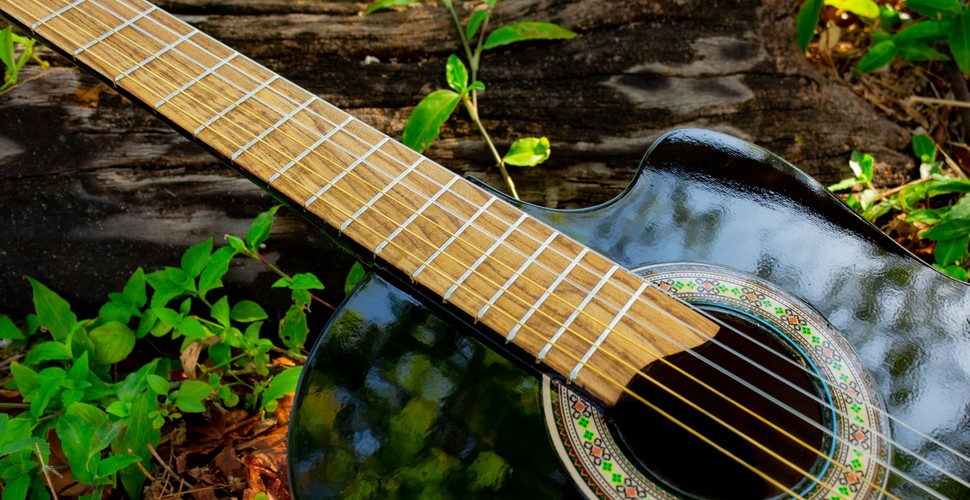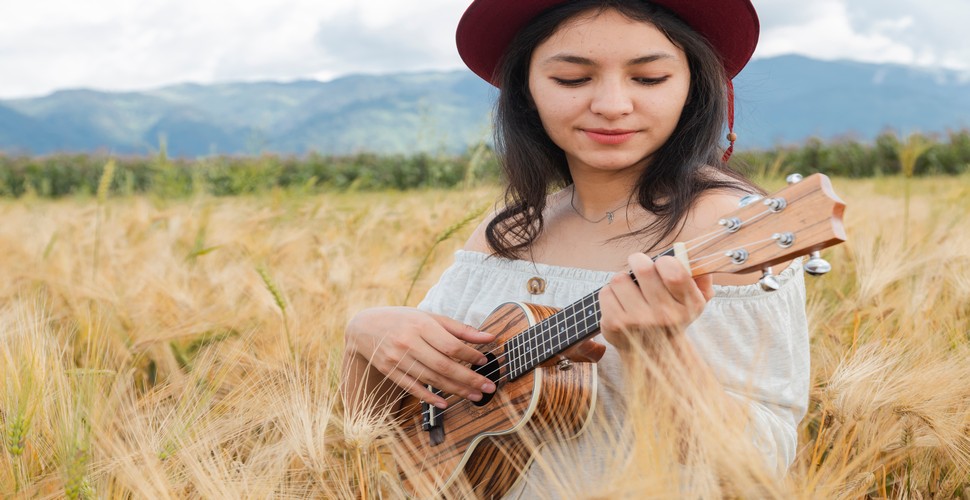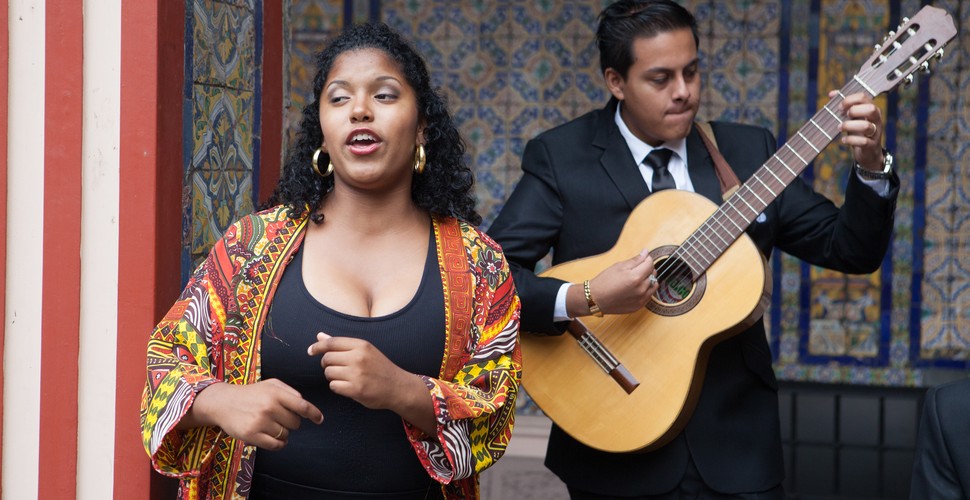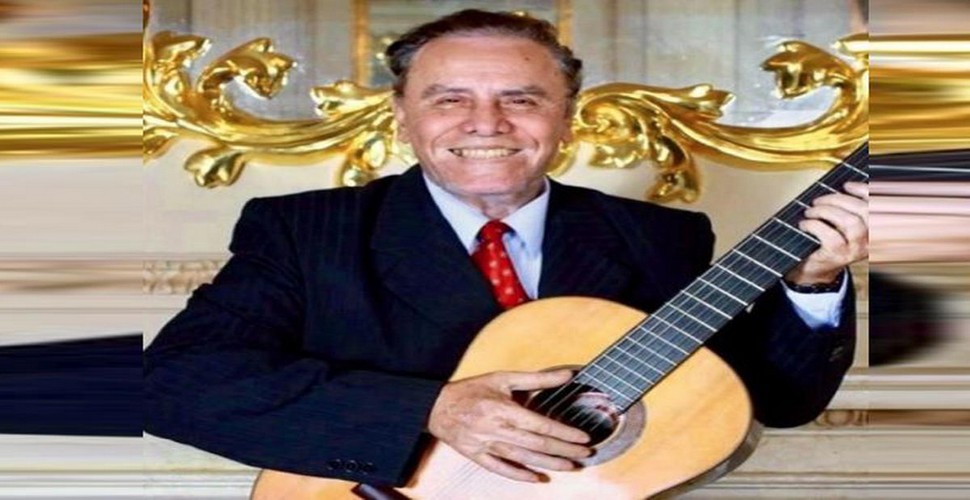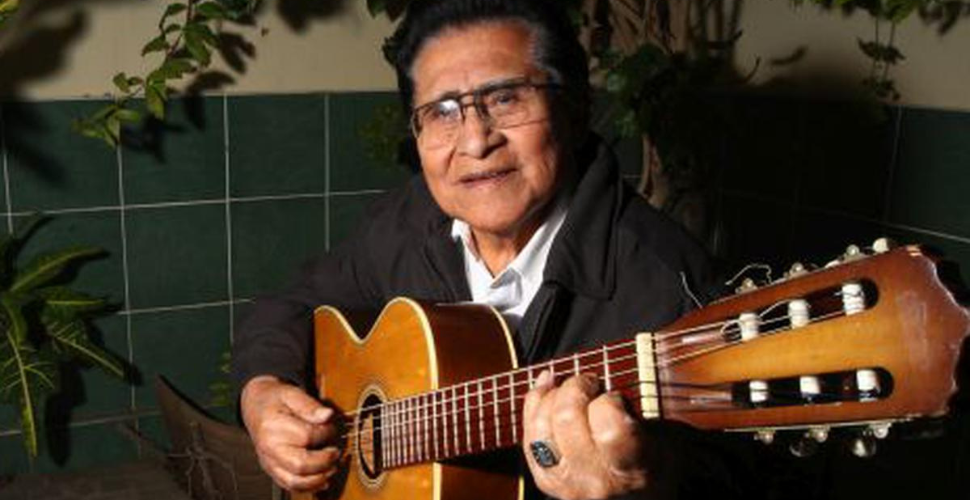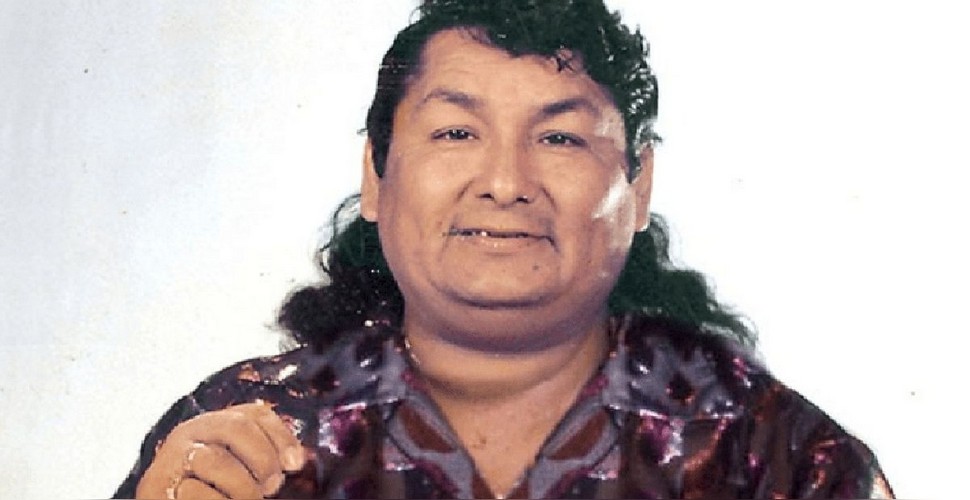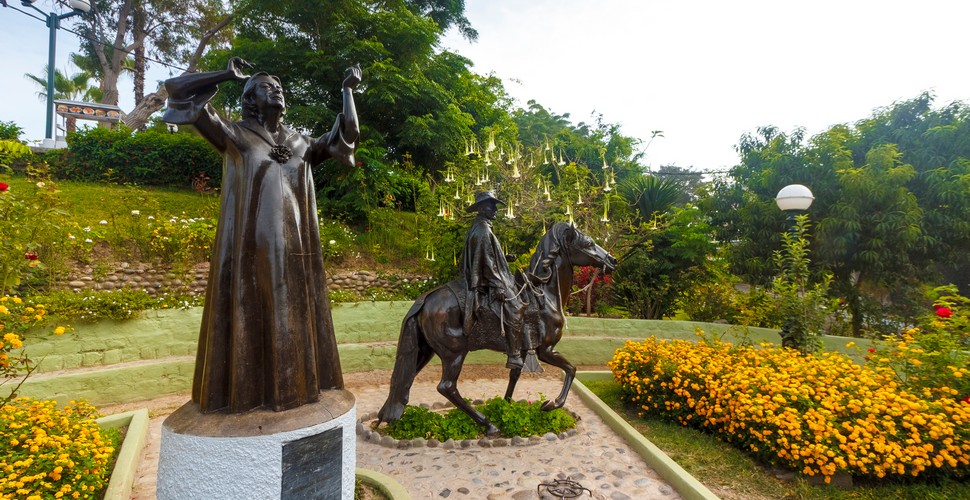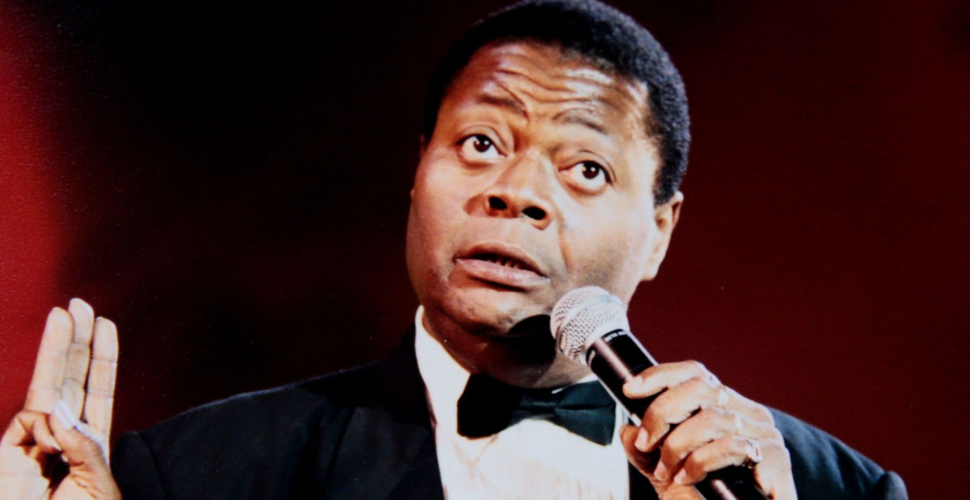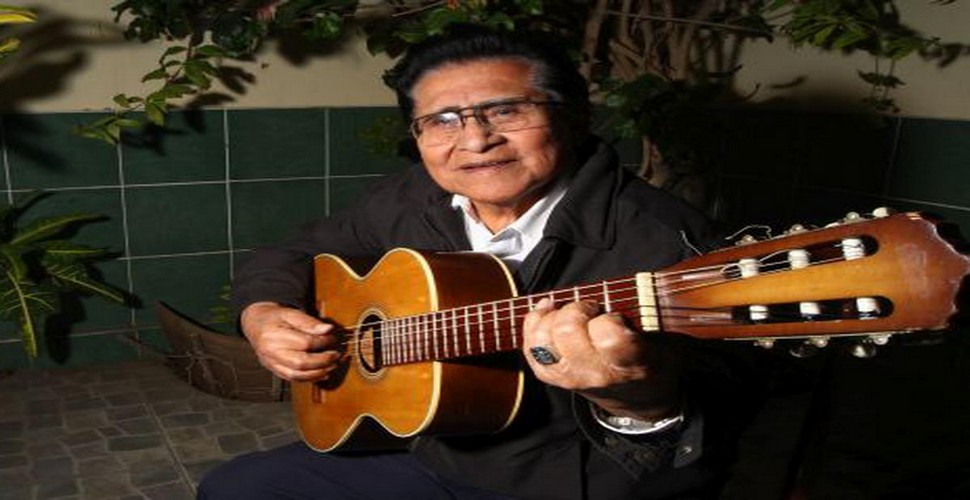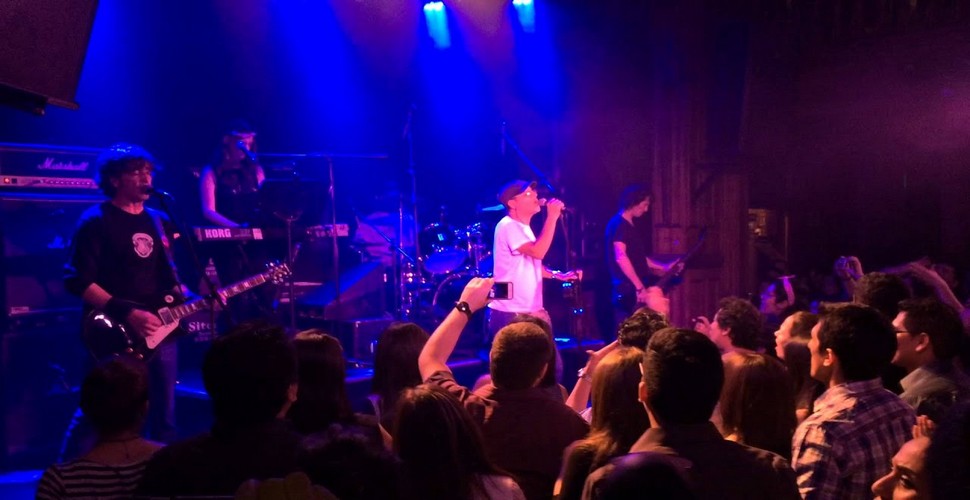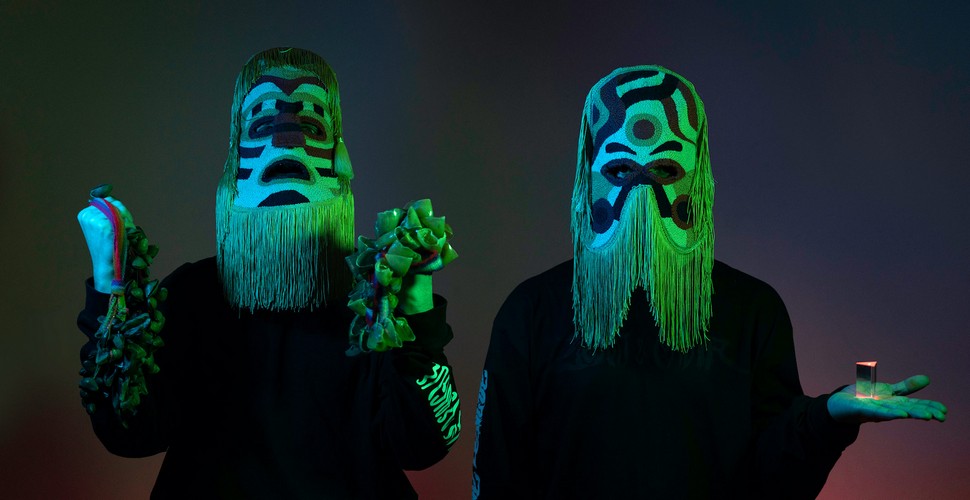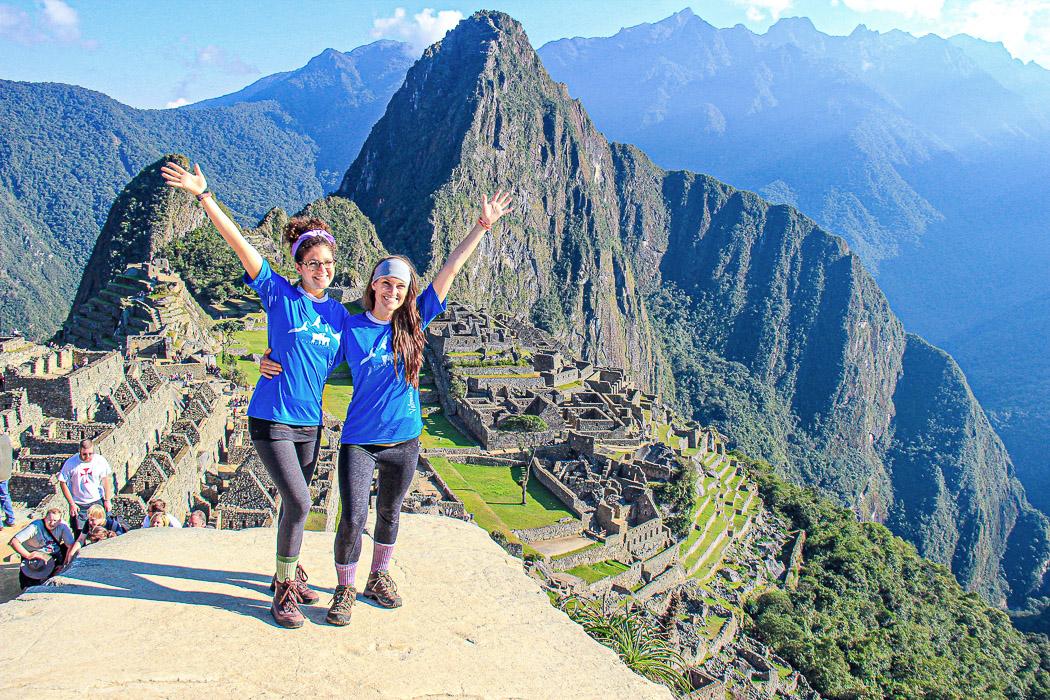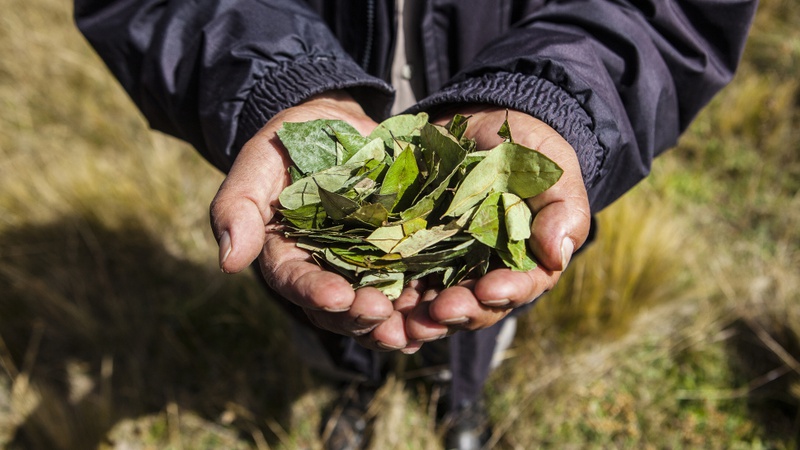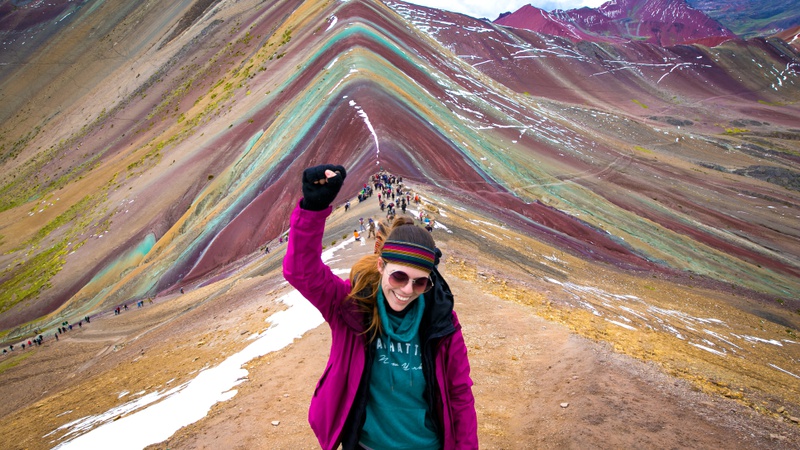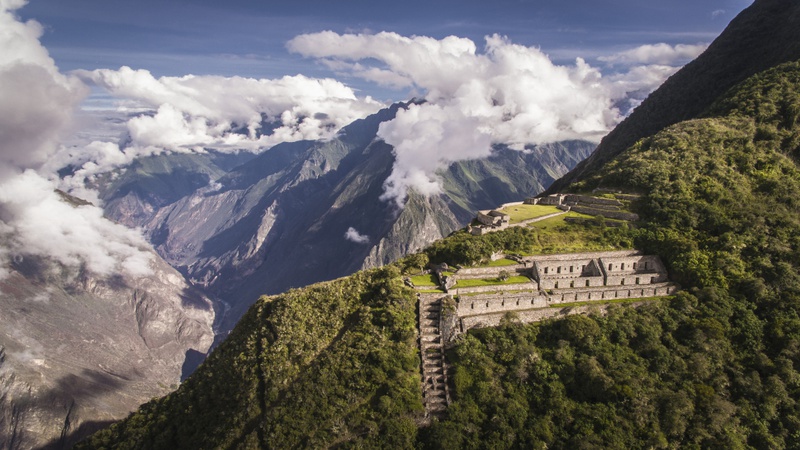
Peruvian Song Playlist
Written by:Valencia Travel
Last Update: 2025-01-24
The 31st of October is not only Halloween but the day of the “Cancion Criolla,” or the Creole Song. Officially, this has been a Peruvian tradition for 75 years, when President Prado decided to commemorate this date. Music is an integral part of Peruvian culture, and this playlist serves to remember the origins and reinforce the Peruvian identity.
Acoustic Guitar
Not only will we include Musica Criolla but also some more contemporary unes to accompany you on your Peru trip. Peruvian singer-songwriter Gian Marco once said, “Because the soul only heals through Peruvian music.” The cultural diversity of Peru has created a wonderful mix of sounds from all regions. Some songs are even considered unofficial national anthems. From Andean rhythms and Afro-Peruvian beats to a blend of both, and from rock to reggae to punk, the Peruvian music scene has always experienced a fusion of all sounds. Here are some of the most emblematic songs in Peruvian music that are still played on the radio, to this day, to get you in the Peruvian mood.
Peruvian Charango
El Plebeyo
Felipe Pinglo Alva composed this Peruvian waltz. Written and composed in the 1920s, this song catapulted Felipe Pinglo Alva to fame and made him known nationally and internationally.
Creole Music Group
Alma, Corazon y Vida
Adrián Flores Alván wrote this song called Soul, Heart, and Life. The composer from Piura in the north of Peru wrote this song when he was just 23 years old, and today it is a memorable theme for Peruvians.
Cariño Bonito
“Sweetheart” was written by Augusto Polo Campos and is dedicated to his daughter. It was so recognized that later Arturo Cavero and Óscar Avilés would interpret this famous Peruvian song.
Contigo Perú
This Anthem was also composed by Augusto Polo Campos and is practically the second national anthem in Peru. The song was written in 1977 at the request of President Morales Bermúdez to encourage the football players in the qualifying process for the World Cup in Argentina. Every time the Peruvian national soccer team plays a match, you can bet you’ll hear this song play at least once everywhere in the country. Written by one of Peru’s most prolific criolla music composers, the song is a homage to Peru’s history, in which each letter describes its idiosyncrasies: P for patria (homeland), E for example, R for rifle, and U for union.
Augusto Polo Campos
Cuando Llora mi Guitarra
When Augusto Polo Campos was walking down Abancay Avenue in Lima to return home, he decided to compose this waltz that is now almost another national anthem. Without a doubt a masterpiece of Peruvian music.
Cholo soy
Luis Abanto Morales started composing at the beginning of the 1940s, but this is undoubtedly one of his best works since it reflects a crucial time in his life.
Luis Abanto Morales
Mal Paso
Peruvian criolla music combines influences from European, African and Andean music. Mal Paso is one of the most performed songs by Peruvian artists within the genre. This song – originally performed by Panchito Jiménez and Oswaldo Campos – highlights the virtuosity of the criolla guitar player and the voice of whoever interprets it, in this case, singer-songwriter Eva Ayllón. There is no lack of melancholy and pain in this song, but above all, the theme displays the famous "crying" of the Peruvian guitar.
Muchacho Provinciano, Chacalón
Whenever Lorenzo Palacios “Chacalón” performed, the hills came down to hear him sing. It was in those hills of Lima where Andean migrants built their future at the end of the 1970s. Chacalón sang for them and knew very well how to get to their hearts because he was one of them. Muchacho Provinciano is a song about a migrant youth who arrives in Lima and must endure the capital’s cosmopolitan customs by focusing on working very hard.
Chacalón
La Flor de la Canela
This single was composed by the famous Peruvian composer Chabuca Granda, who Peru inspired, and this is not merely a song but a hymn of creole music in Peru. After crossing the Puente de los Suspiros in Barranco, there is a statue of Chabuca Granda, Peruvian criolla music’s greatest composer. Her song, La Flor de la Canela, is one of the most recognized Peruvian tunes worldwide. It tells the story of an elegant Afro-Peruvian woman who walks through downtown Lima and crosses the Rimac River to reach her home. The lyrics are pure poetry.
Statue in Lima of Chabuca Granda
“Jippie Jay”
It is the most famous song by singer-songwriter Pepe Vásquez. Sang to the tune of ”she´ll be coming round the mountain when she comes,” it became one of the favorites for Peruvians to dance at parties or family gatherings.
Y se llama Peru
This patriotic song is dedicated to the beautiful land of the sun and beloved Peru and performed by Augusto Polo Campos.
Pepe Vasquez
Cholo Soy, Luis Abanto Morales
The context of this song, composed by the Argentine poet Boris Elkin and interpreted by the Peruvian singer-songwriter Luis Abanto Morales, crosses borders and talks about social injustice in a continent dominated by colonization. It is a waltz that evokes a nostalgia for life in the mountains that, until the arrival of the Spanish Conquest, and so-called progress, was quiet, simple, and beautiful.
Luis Abanto Morales
Valicha, Miguel Angel Hurtado
This huayno (Andean folk) is a love song written by Miguel Angel Hurtado in 1945 to Valeriana Huillca – known as “Valicha” – who at the time was his student. The melody comes from a folk-dance tune that already existed when Hurtado wrote the lyrics and his brother translated them to Quechua.
Danza del Agua, Miki Gonzalez
Miki Gonzalez was born in Spain but is Peruvian at heart. He is passionate about Afro-Peruvian music and indigenous rhythms. In the eighties, he decides to start a professional career in popular music and form a band; many of its members would later become popular in the Peruvian rock scene and on many trips throughout the Andea his music still rings true. Danza del Agua is the ultimate fusion of dance beats intermingled with traditional Andean instruments, perfectly showcased in his Café Inkaterra Sessions.
LB, Mar de Copas
In the final scene of the movie No Se Lo Digas a Nadie, the protagonist, who is gay, looks at the love of his life as a photographer captures the moment. As you’re left thinking about the future between the two lovers, you can hear LB by Mar de Copas. The movie could not have finished any better. Mar de Copas continues to be one of the most successful bands of the 1990s that remains active today.
Mar De Copas
Demolición, Los Saicos
Punk was not born in England. Punk was born in a movie theater in Peru during the 1960s. According to journalists Jonathan Watts and Dan Collyns from The Guardian, punk was invented by Los Saicos, a band of youngsters who, a decade before the Ramones, were already singing about politics and burning train stations. “Demolition” is their biggest hit.
Simiolo, Dengue Dengue Dengue
Although some people call them the Peruvian Daft Punk because they wear masks in their sets, Dengue Dengue Dengue is a DJ duo that picks up psychedelic cumbia and makes electronic music out of it. It is a risky combination, a dangerous mix, but Dengue Dengue Dengue pushed cumbia to its limits and in doing so released one of the most popular songs of contemporary music in Peru.
Dengue Dengue Dengue
Yo Bailo en la Calle, Barrio Calavera
Barrio Calavera is a band that fuses ska, cumbia, chicha, reggae, punk, boleros, and Latin American folklore and takes the Peruvian “barrio” style everywhere in the world they perform. They often play shows in Lima, so check out the listings on your trip to Peru.
Make sure you include these songs on your Peruvian song playlist! This will help you to understand Peruvian culture better and immerse yourself in the authentic sounds of Peru! This list spans centuries of iconic tunes that are heard all throughout Peru. You are sure to hear at least a few of them on your Peruvian vacation packages! Find out more about Peruvian music and its intertwined relationship with music when you visit Peru!
 Aventure
Aventure
 Cultural
Cultural
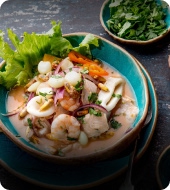 Gastronomy
Gastronomy
 Wellness
Wellness
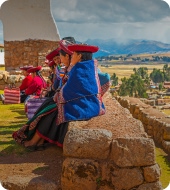 Local Living
Local Living
 Luxury
Luxury
